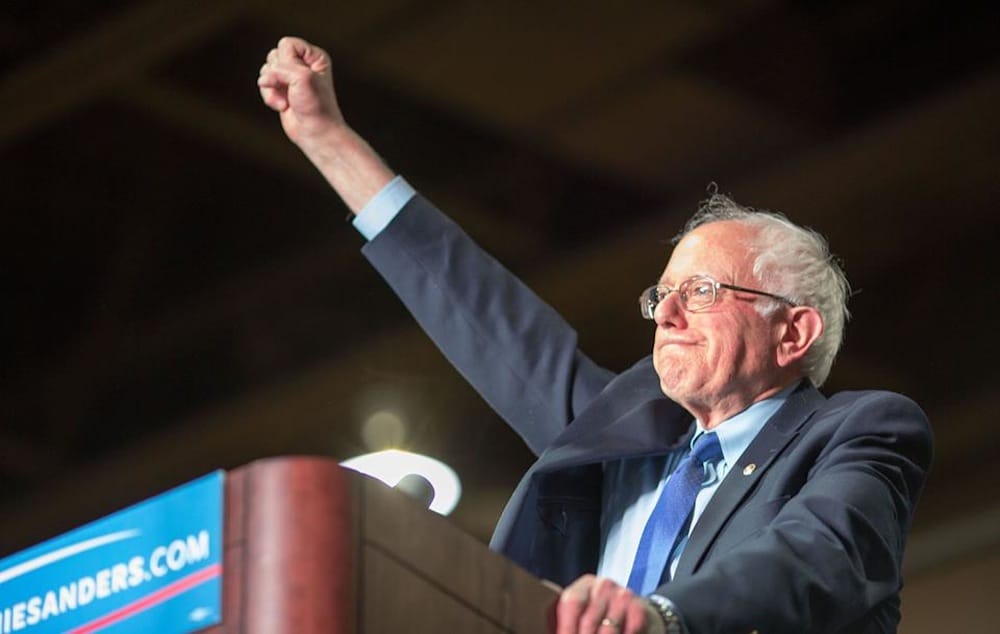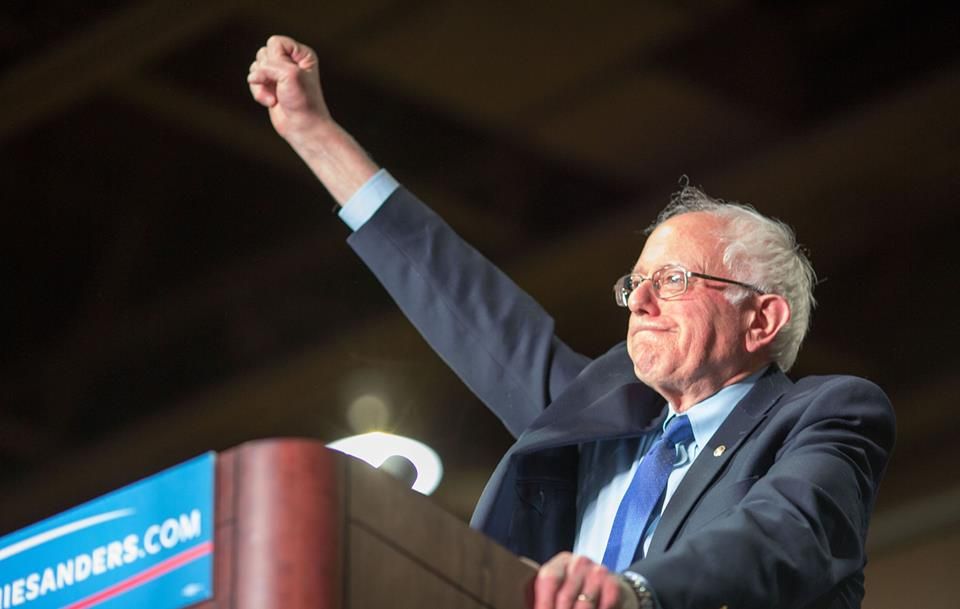Why Was The Ballot Short One Sanders Delegate In The 8th Congressional District?


Presidential candidate Bernie Sanders has leveled a lot of criticism at the New York primary system after Tuesday’s loss, but it appears his campaign lacked the organization to fill all the delegate slots on some of the ballots.
Voters in the 8th Congressional District, which includes Coney Island, Brighton and Manhattan Beach, would have seen something peculiar when they turned out on election day. After receiving their ballot, they would have been instructed to vote for their presidential nominee, Bernie Sanders or Hillary Clinton, as well as up to six delegates pledged to either candidate.
However, there was one problem for Sanders supporters: the Vermont Senator only had five pledged delegates to Clinton’s six. The same thing happened in New York’s 6th Congressional District, located in Queens.
In an election plagued by reports of registered Democrats being dropped from voter rolls, it was another instance where the math just didn’t add up.
However, in this case, the fault seems to lie with the Sanders campaign.
In order to land on the ballot, pledged delegates had to submit petitions with 500 signatures or at least 0.5 percent of registered Democrats, whichever is less, by February 4, according to the Board of Elections.
A Sanders campaign spokesperson said one delegate was dropped in both those districts because of “technicalities,” including petition signatures that lacked addresses.
However, the spokesperson explained the issue would not have affected Sanders’ delegate count.
“Either way, the results would have been the same,” said the spokesperson. “It only would have made a difference if [Sanders] would have taken, let’s say, 90 percent of the vote. And in that case, the party has a system in place to appoint another delegate.”
Unlike the more straightforward process for Republicans in New York’s primary, where delegates are chosen by party leaders based on election results, the Democratic party’s system is more convoluted and involves pledged delegates, at-large delegates, and superdelegates.
The at-large delegates are chosen at the convention and are selected based on primary results. The superdelegates can vote for the candidate of their choice. Meanwhile, the pledged delegates, the ones who appeared on the ballot, have to be accepted by the candidate they chose to support.
Sanders earned 36 percent of the vote in the New York primary, compared to Clinton’s 63 percent. The loss considerably reduced Sanders path to victory. However, the senator and his supporters have issued strong criticism of the New York’s primary system since election day — arguing that the closed election prevented millions of voters from being heard, according to the New York Times.
The Senator was able to find pockets of support in New York City — particularly in southeast Brooklyn. However, he lost his native neighborhood of Midwood, where he grew up in a building near Kings Highway and East 26th Street, by 18 percentage points, according to the Daily News.




